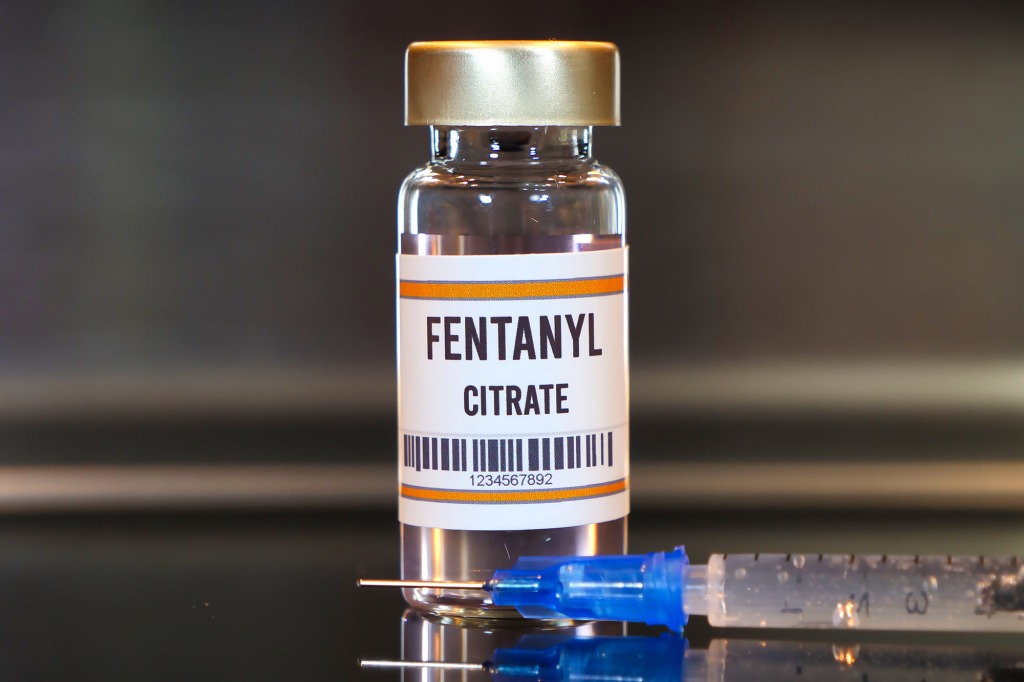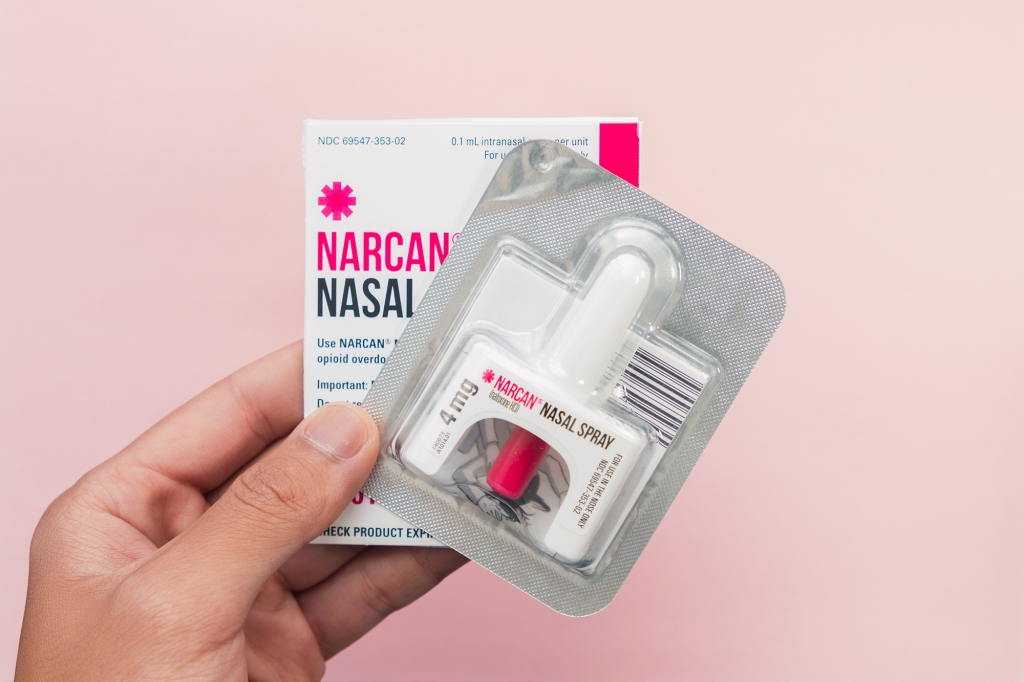How to respond to an overdose
There are some 250 deaths each day due to the fentanyl crisis in America, according to what the organization Families Against Fentanyl has discerned by reviewing the facts from the Centers for Disease Control and Prevention (CDC) about the crisis.
Fentanyl is right now the number-one killer of Americans between the ages of 18 and 45.
Fentanyl and other synthetic opioids — made in China and India and distributed by Mexico’s transnational criminal organizations — are behind this crisis, say medical experts, including Fox News’ own Dr. Marc Siegel.
Bystanders, according to some health experts, can help prevent these type of deaths — but they must be able to recognize the signs and have the correct tools to help.
Dr. Devi Nampiaparampil, a physician who specializes in preventing and treating chronic pain, and who works at Metropolis Pain Medicine in New York City, said during a recent interview on Fox News Channel that one danger of opioid ingestion is that bystanders may not notice a person has overdosed.
That is because the person may appear as if in a peaceful, relaxed state.
Nampiaparampil explained that a fentanyl overdose slows down the person’s breathing, decreasing the oxygen level.
“Normally when that happens, when you are running out of air — like in a drowning — you will struggle, and you will resist,” she said. “You will try to do something to get more air.”
However, with “an opioid overdose, what happens is that you get sedated, and you’re actually relaxed — and you look usually pretty peaceful, like you are falling asleep.”

The chronic pain specialist said people who are with the individual do not typically notice the person has overdosed — and therefore, do not call 911.
Pat Aussem, associate vice president of consumer clinical content development at the New York City-based Partnership to End Addiction — a leading organization dedicated to addiction prevention, treatment and recovery — told Fox News Digital, “A person may look serene but, in fact, be in trouble, as their respiratory system shuts down if they unknowingly consume fentanyl or have a low tolerance for it.”
Aussem also warned, “If a person doesn’t respond when their name is called, make a fist and give them a firm rub on the sternum. If they are still unresponsive, it’s critical to call 911 and administer naloxone (e.g., Narcan) to reverse the suspected overdose.”
Aussem also said in a statement, “While partygoers may be aware of the risks of fentanyl-laced heroin, they may not know that fentanyl can also be found in cocaine, molly, meth and counterfeit pills like Oxycontin, Adderall and Xanax.”
In addition to having naloxone on hand, Aussem suggested that fentanyl test strips might also be used to check substances as another key safety measure to save lives.
These test strips, however, have their limitations, many believe.
Either way, substance abuse counselors and health experts said adults, parents and children need to be educated about recognizing signs of opioid overdose and to realize that the person who has ingested fentanyl may not be peacefully sleeping — but actually needs help.

Signs of opioid/fentanyl poisoning
Health officials said some signs of opioid/fentanyl poisoning include the following.
The person appears relaxed or sleepy.
The person is breathing weakly and slowly. (Experts suggested using a mirror to see the strength and rate of fogging of the sedated person’s breath — or, place your cheek near person’s nose to listen to their breathing. If the person is sleeping, tap him or her; if he doesn’t wake up easily, call 911.)
The person appears confused.
There is vomiting and/or nausea.
The pupils look like pinpoints.
The person is making gurgling sounds.
The person’s body is limp.
The skin is cold and/or clammy.
The person has bluish or purplish-colored lips and nails.
Also, health experts said bystanders should try to ascertain if the individual was drinking or using other drugs while using an opioid drug.
Dr. Fred Davis, a Northwell Health physician who specializes in emergency medicine on Long Island, N.Y., told Fox News Digital that if fentanyl poisoning or overdose is not recognized early enough — death can occur.
Davis also explained that naloxone (Narcan) can be given to reverse the effects of fentanyl.
He said fentanyl is a synthetic opioid that is similar to morphine — but can be up to 100 times more potent than morphine; so it is important that individuals be trained in using Narcan in cases of overdose or fentanyl poisoning.
Drew Scott knows the heartache of opioid related death and shared with Fox News Digital, “I almost always carry Narcan, [ever] since the untimely death of my granddaughter, Hallie Rae.”
Scott now works with HUGS, a group that is part of Scott’s Opioid Committee in Westhampton, New York, to help prevent drug addiction.
Said Scott, “Fentanyl poisoning is becoming much more common and poses a terrible danger to first responders because of the power of the drug. One touch can kill, so gloves and face shields may be needed for a rescue.”

Who should carry naloxone?
The following individuals should carry naloxone, according to the CDC:
1. those at increased risk for opioid overdose, especially those dealing with opioid use disorder (OUD)
2. individuals who take high-dose opioid medications (greater or equal to 50 morphine milligram equivalents per day) prescribed by a doctor;
3. those who use opioids and benzodiazepines together;
4. individuals who use illicit opioids such as heroin.
On its website, the CDC recommends that individuals should let others know that they carry Narcan in case of an overdose situation where they likely will not be able to use the reversal medication on themselves.
The CDC also suggests that if you think a person might be experiencing an overdose, follow the steps noted here:
Call 911 immediately.
Administer naloxone (Narcan) if available.
Try to keep the person awake and breathing.
Lay the person on their side to prevent choking.
Stay with the person until emergency assistance arrives.
Read the full article Here


